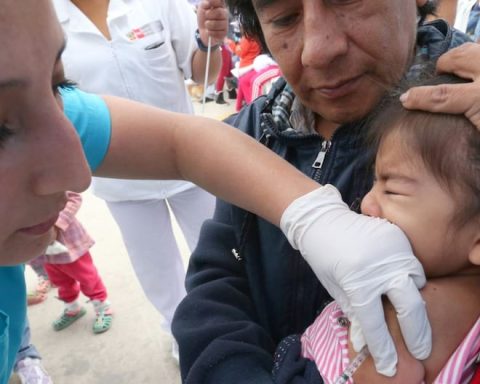The intervention police transit is a daily situation that in many cases presents irregularities at the time of carrying out this, for this reason, Correo spoke with specialists from the Mendoza Malpartida y Asociados study so that they can explain to us the protocols that must be followed in this situation and the rights that the drivers of a vehicle.
LOOK HERE: How to remove the smell of cigarettes from clothes without washing them: tips and tricks
The specialists told us that this intervention can only be done in specific situations, in accordance with article 91 of the National Traffic Regulations. These are: when a traffic violation has been committed, when a police operation is being carried out and when inspection actions are being carried out.
What documents may police cash require?
According to the lawyers, in accordance with article 91 of the National Traffic Regulations, when the police intervention is carried out, the competent police officer will require the following documents:
to) Identification document (DNI).
b) Valid driver’s license, corresponding to the type of vehicle you drive.
c) Vehicle identification card.
d) Valid vehicle technical inspection certificate.
e) Current certificate of the SCompulsory traffic accident insurance (SOAT) or the certificate against traffic accidents (CAT), when applicable, of the vehicle you drive.
f) If it is a special vehicle, it will also carry the corresponding circulation permit.
g) The corresponding authorization in case of use of darkened or tinted windows or glass, when it prevents visibility towards the interior.
It is important to note that police officers cannot take documents out of sight of the driver
What are the steps that the authority must follow to detect infractions and impose ballots?
For the Mendoza Malpartida y Asociados study, in accordance with article 327 of the National Traffic Regulations, the procedure for detecting infractions and imposing ballots on public roads is as follows:
a) Order the driver to stop the vehicle, then he must approach the passenger side window. driver.
b) Ask the driver for the documentation referred to in point 1 of this text.
c) Indicate to the driver the code and description of the infraction(s) detected.
d) Consign in the infraction ballot the information of all the data established in article 326 of the National Traffic Regulation (date of commission, basic information of the driver and his license, plate number and property card, vehicle identification, modality of service, police identification, your signature and that of the driver, witness identification and description of evidence).
e) Request the driver’s signature. Leave a record on the ballot, in case the intervened person refuses to sign.
f) Return the documents to the driver, together with the copy of the ballot, after the intervention.
Should the driver get out of his vehicle when intervened by a traffic police officer?
Regarding this case, the lawyers indicated that the driver is not obliged to get out of his vehicle and that it is the police officer who has to approach the driver’s side window to request his documents.
Likewise, the reason for the intervention must be informed, the ballot raised to finally return them together with a copy of it. However, when there are indications of drunkenness, or that you are driving under the influence of narcotics or hallucinogens if you are authorized to do so.
Can the police ask you to open the doors or trunk of your vehicle?
In this regard, they indicated that the police are not authorized to enter or search the interior of the vehicle. The police force that transgresses its powers could be denounced for abuse of authority, typified in article 376 of the Penal Code.
However, police officers are only empowered to request that the doors of a vehicle or the trunk be opened in the following cases: when there is a flagrant crime, and if there is a court order. In this case, the driver can require the presence of a prosecutor to execute the order.
Regarding the legal framework that protects these protocols and rights, from the Mendoza Malpartida y Asociados study they indicated that there is a Procedure for the Detection of Infractions to Land Traffic by the competent police force in the urban area (Supreme Decree 028-2009-MTC) , a Single Ordered Text of the National Traffic Regulations (Supreme Decree No. 016-2009-MTC), in addition to being stipulated in the New Criminal Procedure Code (Legislative Decree No. 957) and the Constitution.

















